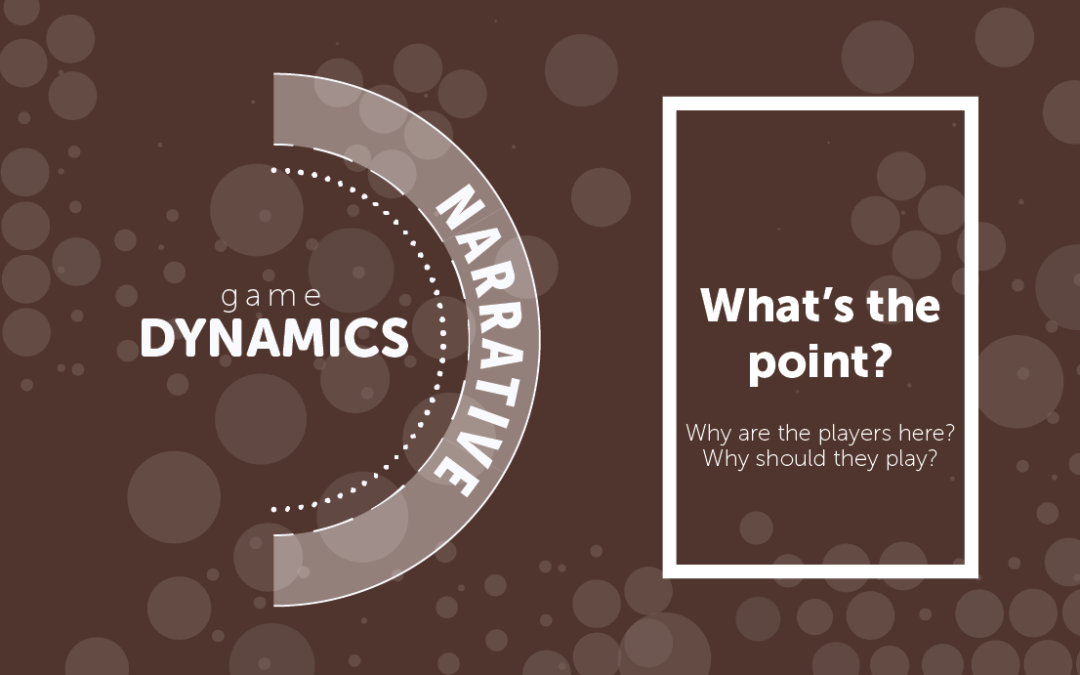
#GameDynamics – Narrative
Narrative #gamedynamics
Why are the players playing?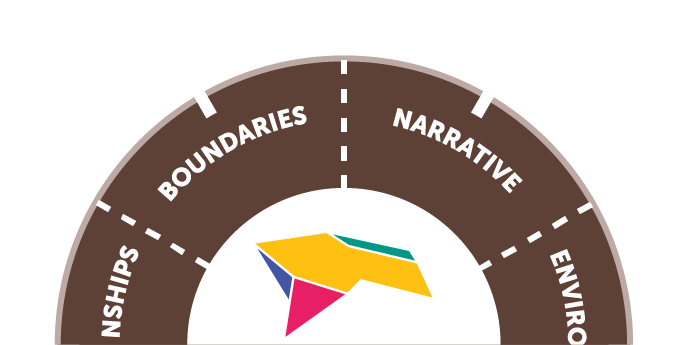
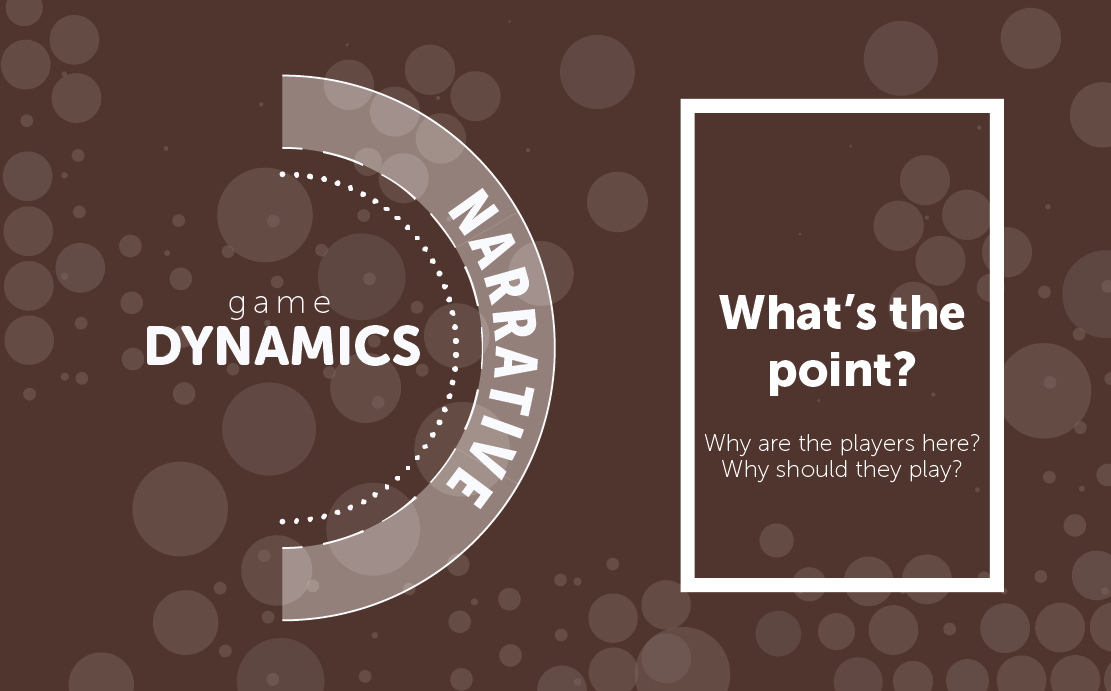 In terms of #gamification and #gamedynamics, the narrative is not just a story or a writing technique/style or whatever the term for writers mean (hehe).
In terms of #gamification and #gamedynamics, the narrative is not just a story or a writing technique/style or whatever the term for writers mean (hehe).
Narrative is really a powerful tool. It can guide your system into success within seconds or destroy it forever. You must be very careful when writing as it will prove its sensitivity to player behavior far more than any other dynamic. It is used to connect the players to the reason why they are playing. It will help them visualize objectives easily and always return to the path without having to analyze or process a lot of information.
When you tell people they have to save the world, it becomes way to ambiguous, however, if you say they must save it from a specific threat, they will always know WHY they are doing/learning whatever it is you are trying them to learn/do and they’ll know what will be a victory or a failure.
I have divided narrative into two game mechanic categories: Story and Objectives. This basically means that you either work towards a series of objectives or you are told a story you want to be part of.
When using a Story, you tell your players something like “Here you will become the best web designer on the planet, however, the road is unclear and heavy, but we will guide you into it”
When you use Objectives, you tell your players something like “In order to become the best web designer, you must finish the following tasks: 1, 2, 3, 4, 5, 6… ,938”
There is NOTHING wrong in combining mechanics and there isn’t one better. Both of them work wonders on your system as long as the goal is clear.
The narrative is the answer to WHY the players are playing. How do you want them to find such answer lies in the choice of the category.
Let me know if you find a different way to organize the categories and your thoughts!

Bernardo Letayf
M.B.O. (Mind Behind the Operation)
6th position in the Gamification Gurus Power 100!
Gamification Keynote Speaker & the mind behind the operation @bluerabbit, a gamification platform for education.
Developed three frameworks to teach/learn how to create gamification systems and build gamified content
Declared a world wide war on grades.


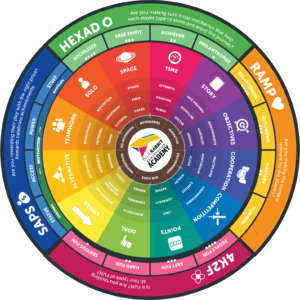
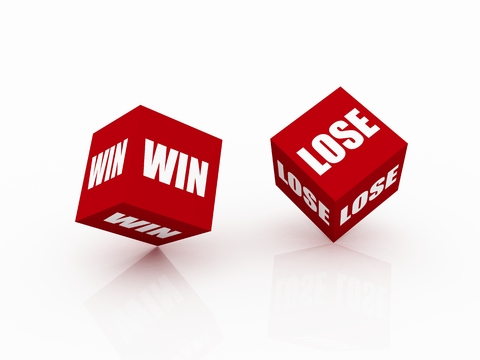
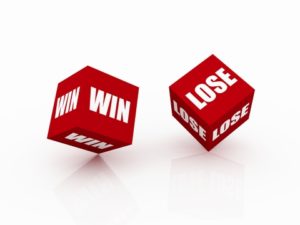 In a gamification strategy the goal is not winning. It’s about becoming, learning, growing.
In a gamification strategy the goal is not winning. It’s about becoming, learning, growing.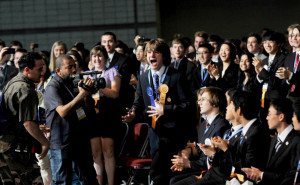
 If we
If we